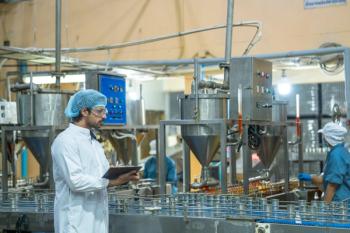
Pittcon 2024: The Latest Technology Trends in Infrared and Raman Spectroscopy
Industrial scientists, in the spectroscopy community, scour the literature and scientific conferences to buy the technology they need.
Solving complex real-world problems daily, at times, requires development of innovative new technologies. Industrial scientists, in the spectroscopy community, scour the literature and scientific conferences to buy the technology they need. At times, this new technology isn’t available, and with their companies’ support, they invent the technology needed to address these complex problems. During this session, experts from a number of different companies shared how they are improving spectroscopy technology.
The session began with “Addressing Longstanding Unmet Business Needs May Require Building Custom Instrumentation,” presented by Curtis Marcott of Light Light Solutions. To survive as a scientist in industry, it is important to address current business crises in a timely manner, as well as to prepare for future crises by acquiring (or developing in-house) technologies capable of meeting future business needs. Marcott discussed several real-world examples of how long-standing technical barriers to growing the business or recurring crises were addressed by either acquiring (or accessing) technologies externally or by developing them in house.
Rina Dukor of BioTools Inc. presented “Commercialization of VCD & ROA: Understanding the Market and Scientists." How does one build an instrument without financing? How does one penetrate that market to the most difficult audience: medicinal chemists? The answers and the rest of the story is, as they say, history. A history with lessons learned, ups and downs of business, instruments, relationships, and networking, and tremendous pride of seeing that new technique used by so many scientists to solve the life’s most fascinating molecular property: chirality.
The session concluded with the presentation, “How to Design and Build a Successful New Spectroscopy Product–A Small Business Perspective,” with James Carriere of Coherent. In this presentation, Carriere discussed the history of the founding of THz-Raman as a unique extension of Raman spectroscopy by a small filter and laser company called Ondax that had very little previous engagement with the spectroscopy community. Starting with a mix of unique laser and filter components, Ondax was able to demonstrate that it was possible to easily access the low frequency region of the Raman spectrum in a way that could translate to industrial processes.
Newsletter
Get essential updates on the latest spectroscopy technologies, regulatory standards, and best practices—subscribe today to Spectroscopy.





